Follow us
Top Guitar Songs 1975-79

Pop guitar flourished in the late ’70s
The number one Billboard hits of 1975-79 started with Elton John’s “Lucy in the Sky with Diamonds” and ended with Rupert Holmes’ “Escape (The Pina Colada Song).” In between, American ears were treated to (and occasionally assaulted by) soft rock, funk, countrified rock and disco–oh, and a bit of straight rock ‘n’ roll, too! These genres all featured healthy doses of guitars, often being used in new and exciting ways. Awarding scores of zero to ten in four criteria (Riffage, Rhythm Playing, Fills, and Solos) I have listened to and given “guitar scores” to all of America’s #1 hits, from “Rock Around the Clock” in 1955 through “Escape” at the end of 1979; the late 70s have proven to be pop music’s strongest period for guitar. Let’s look at some of my findings…
Related: “The Big Guitar Songs, 1955 to 1974”
Finding 1: 1976 Was the Guitar’s Best Year
As America celebrated its Bicentennial, the guitar was enjoying its strongest year atop the music charts. The 35 #1 songs from that year average a guitar score of 16.3, an all-time high. The strongest is Wild Cherry’s “Play That Funky Music,” scoring 31 out of a possible 40. Other notable hits (and their scores) are “You Should Be Dancing” by the Bee Gees (30); Johnnie Taylor’s “Disco Lady” (28); and “50 Ways to Leave Your Lover” by Paul Simon (24). There were eight additional songs scoring 20 or better, and only five that scored less than 10; 1976 was simply a solid guitar year, top to bottom.
Finding 2: The Late 70s Ruled!
While 1976 was #1, numbers two through four are also found in the late 70s (number five is a tie between 1971 and 1973). Here are the top four years, as well as the top guitar song for each year:
- 1976, average guitar score 16.3 (“Play That Funky Music,” Wild Cherry, 31)
- 1979, average guitar score 15.9 (“My Sharona,” The Knack, 37)
- 1975, average guitar score 15.5 (“One of These Nights,” The Eagles, 34)
- 1978, average guitar score 15.3 (“Boogie Oogie Oogie, “A Taste of Honey, 34)
Finding 3: Four-Song Clusters Averaging 20 or More Exploded in the Late 70s
Prior to 1970, there were only two instances where four consecutive #1 hits averaged a guitar score of 20 or more (as it happens, they both averaged exactly 20):
| 1965 | Mr. Tambourine Man | The Byrds | 20 |
| 1965 | (I Can’t Get No) Satisfaction | The Rolling Stones | 26 |
| 1965 | I’m Henry VIII, I Am | Herman’s Hermits | 18 |
| 1965 | I Got You Babe | Sonny & Cher | 16 |
| Guitar Score Average | >>> | 20 |
Related: “The Great Guitar Drought of 1960-1963”
| 1969 | Honky Tonk Women | The Rolling Stones | 35 |
| 1969 | Sugar, Sugar | The Archies | 5 |
| 1969 | I Can’t Get Next to You | The Temptations | 15 |
| 1969 | Suspicious Minds | Elvis Presley | 25 |
| Guitar Score Average | >>> | 20 |
From 1970-74, these clusters occurred three more times (two involve some overlap):
| 1973 | Top of the World | The Carpenters | 23 |
| 1973 | The Most Beautiful Girl | Charlie Rich | 13 |
| 1973 | Time in a Bottle | Jim Croce | 24 |
| 1974 | The Joker | Steve Miller Band | 37 |
| Guitar Score Average | >>> | 24.25 |
| 1974 | The Streak | Ray Stevens | 15 |
| 1974 | Band on the Run | Paul McCartney & Wings | 30 |
| 1974 | Billy, Don’t Be a Hero | Bo Donaldson & the Heywoods | 14 |
| 1974 | Sundown | Gordon Lightfoot | 32 |
| Guitar Score Average | >>> | 22.75 |
| 1974 | Band on the Run | Paul McCartney & Wings | 30 |
| 1974 | Billy, Don’t Be a Hero | Bo Donaldson & the Heywoods | 14 |
| 1974 | Sundown | Gordon Lightfoot | 32 |
| 1974 | Rock the Boat | The Hues Corporation | 17 |
| Guitar Score Average | >>> | 23.25 |
From 1975-79, these four-song clusters occurred an amazing 23 times! They are too numerous to list here, but two of the strongest are:
| 1976 | Don’t Go Breaking My Heart | Elton John and Kiki Dee | 21 |
| 1976 | You Should Be Dancing | Bee Gees | 30 |
| 1976 | (Shake, Shake, Shake) Shake Your Booty | KC and the Sunshine Band | 14 |
| 1976 | Play that Funky Music | Wild Cherry | 31 |
| Guitar Score Average | >>> | 24 |
| 1979 | Good Times | Chic | 27 |
| 1979 | My Sharona | The Knack | 37 |
| 1979 | Sad Eyes | Robert John | 19 |
| 1979 | Don’t Stop ’til You Get Enough | Michael Jackson | 18 |
| Guitar Score Average | >>> | 25.25 |
Finding 4: Fewer Riffs, More Fills, Better Rhythm Playing
So how to explain the guitar’s strength in the late 70s? The following graphs will help.
First, a slight regression: the amount of #1 songs with guitar riffs actually decreased.

Ah, but look below at the increase in the percentage of songs featuring guitar fills. The sheer quantity of fills contributed to overall higher scores. Quality-wise, three songs score a perfect 10 for fills: 1975’s “Shining Star” by Earth, Wind & Fire; and 1977’s “Hotel California” by the Eagles and “Dreams” by Fleetwood Mac.

The other increase is qualitative, and it’s in rhythm playing.

As the above chart shows, rhythm playing has steadily increased in quality since 1955, with its apex so far occurring in 1978. (Can you say Bee Gees? Can you say Nile Rodgers of Chic?) Perfect 10s in rhythm playing go to an impressive list of 12 songs. (If you think the Tony Orlando song is a misprint, I urge you to don your headphones and give it a listen!)
| 1975 | He Don’t Love You (Like I Love You) | Tony Orlando & Dawn |
| 1975 | The Hustle | Van McCoy & the Soul City Symphony |
| 1975 | One of These Nights | Eagles |
| 1975 | Fame | David Bowie |
| 1976 | Disco Lady | Johnny Taylor |
| 1977 | Hotel California | Eagles |
| 1978 | Night Fever | Bee Gees |
| 1978 | Shadow Dancing | Andy Gibb |
| 1978 | Miss You | The Rolling Stones |
| 1978 | Le Freak | Chic |
| 1979 | Good Times | Chic |
| 1979 | Don’t Stop ’til You Get Enough | Michael Jackson |
[Michael is the author of the ebook series “Number One with an AXE!”]
-Michael Rays
Public domain photo of electric guitar



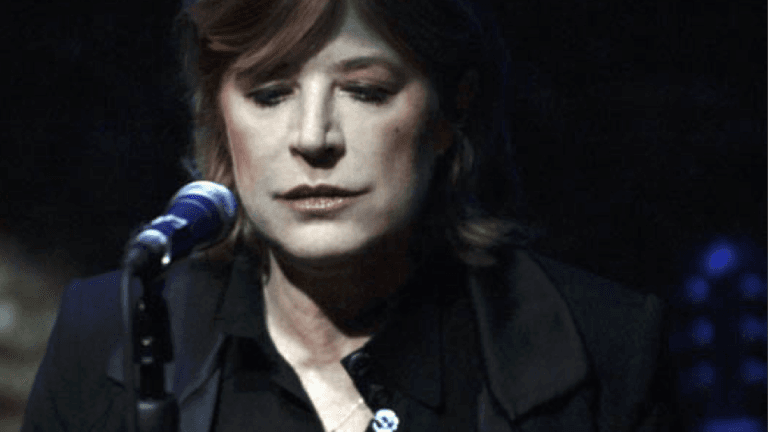
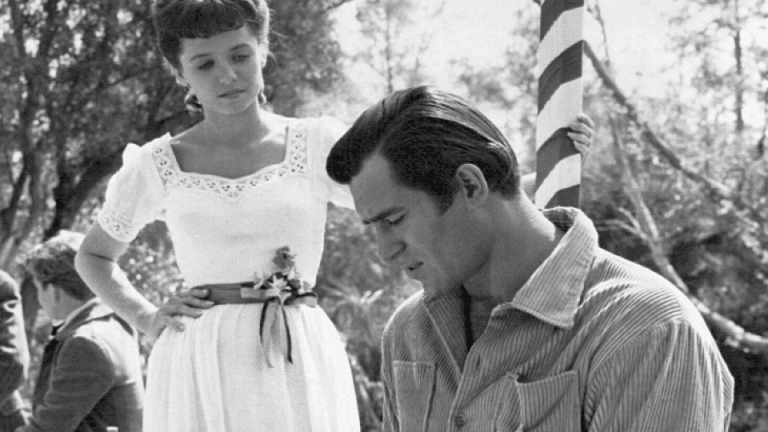
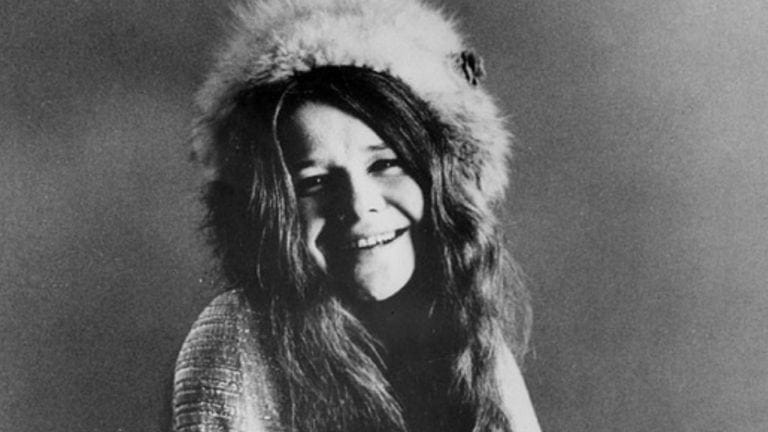

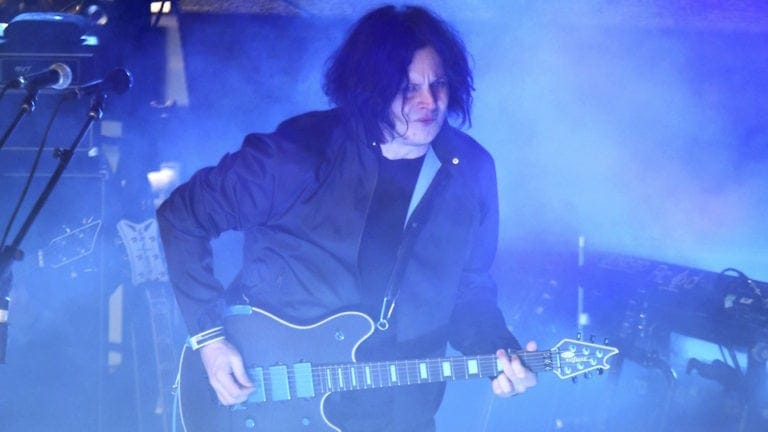

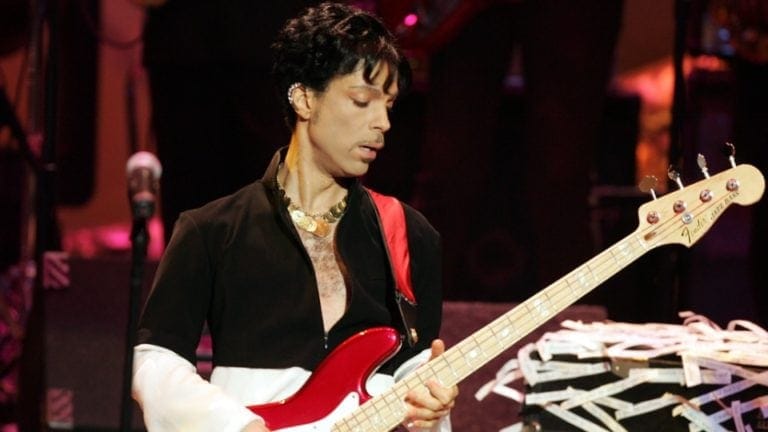
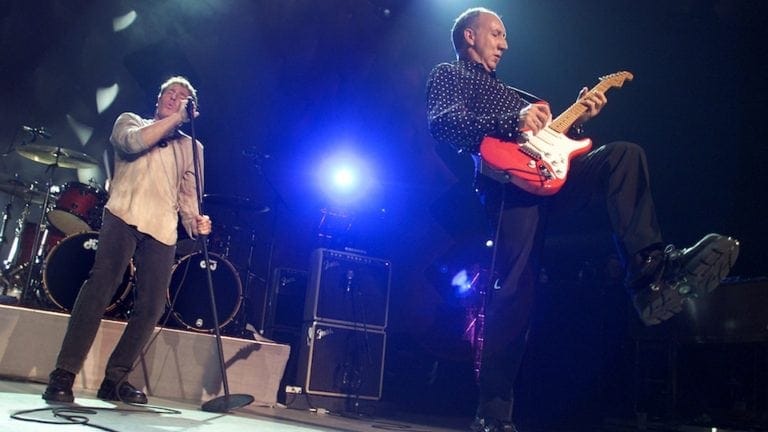
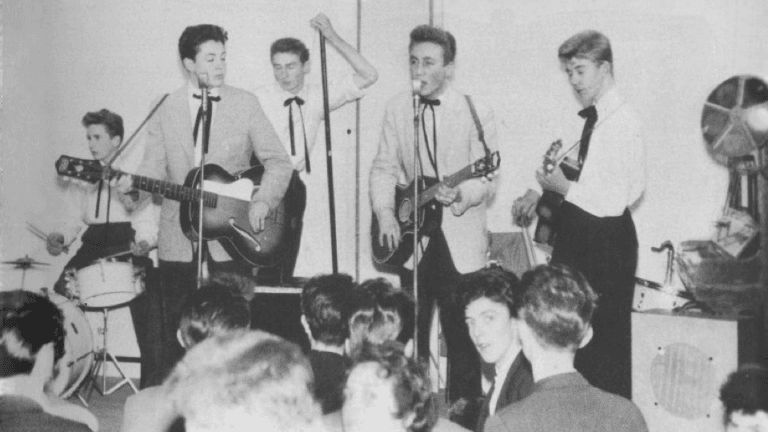
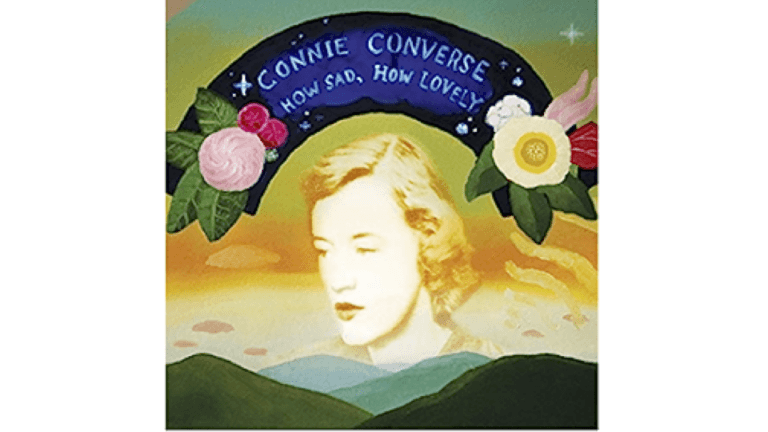

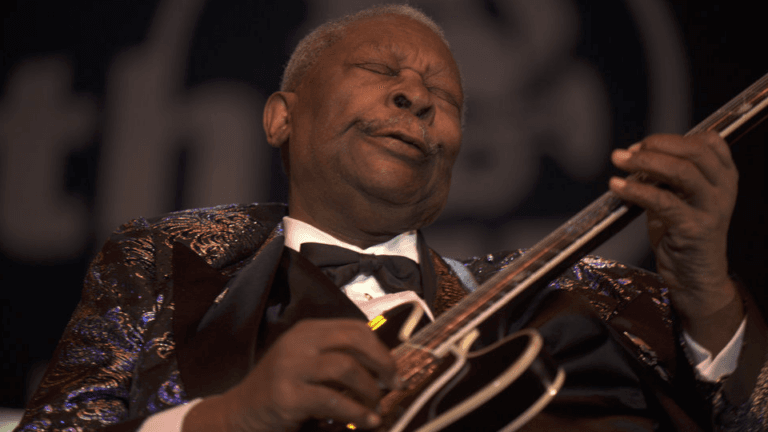

This entire article is built upon the theory that only the songs that reached #1 are relevant. I guess an argument can be made by utilizing statistics to prove a point but this is insulting to music lovers in general and guitar players in particular. It’s almost like saying a fork is utilized in eating tasty food therefore pizza does not qualify as a tasty food because a fork is seldom used in eating it. If none of the best guitar songs reached #1 does that mean they don’t exist (ludicrous), and what does that say about the general taste of the public. Now throw in payola which everyone knows existed in the entire history of hit radio and all of the stats become irrelevant. Guitar has ruled the best years (generally accepted) of rock and every popular genre from ’55 to ’85 give or take. The whole argument makes the relevance of this group obvious. The masses got it wrong…#1 does not always equal good music just good profit.
This entire article is built upon the theory that only the songs that reached #1 are relevant. I guess an argument can be made by utilizing statistics to prove a point but this is insulting to music lovers in general and guitar players in particular. It’s almost like saying a fork is utilized in eating tasty food therefore pizza does not qualify as a tasty food because a fork is seldom used in eating it. If none of the best guitar songs reached #1 does that mean they don’t exist (ludicrous), and what does that say about the general taste of the public. Now throw in payola which everyone knows existed in the entire history of hit radio and all of the stats become irrelevant. Guitar has ruled the best years (generally accepted) of rock and every popular genre from ’55 to ’85 give or take. The whole argument makes the relevance of this group obvious. The masses got it wrong…#1 does not always equal good music just good profit. Interesting but at best flawed concept here.
I think the number one takeaway here is that the author is clearly insane, not least when he casts the Bee Gees as guitar heroes and the late seventies as a guitar era. I agree with the two Robs, the entire methodology is so flawed that it obviously came out on April 1st. 😉
Michael. Thanks for this article. I’m a long-time musician (guitar 45+ years) and professional statistician.I would be interested in discussing this and other guitar-related articles with you, and if you’re open to it, obtaining the data you used.
BTW, I agree with the assumption that part of a guitar part’s success and greatness is in its popularity, as it’s an indication of how well the player was able to communicate his ideas and integrate them into something others can share in. I don’t think that’s the only measure of success of course.